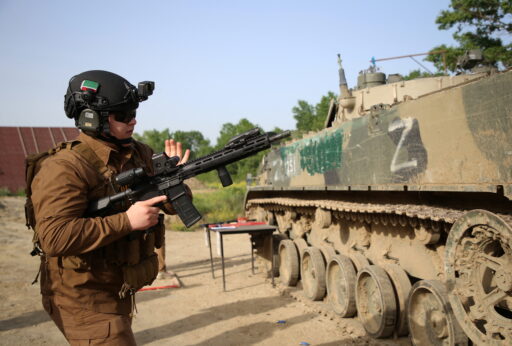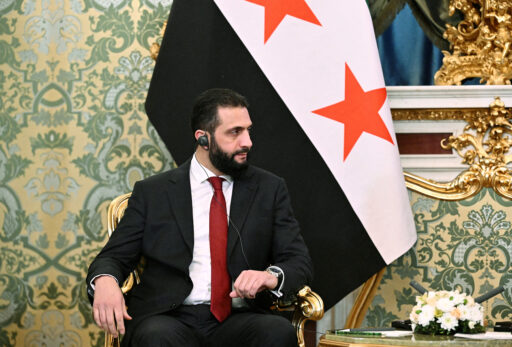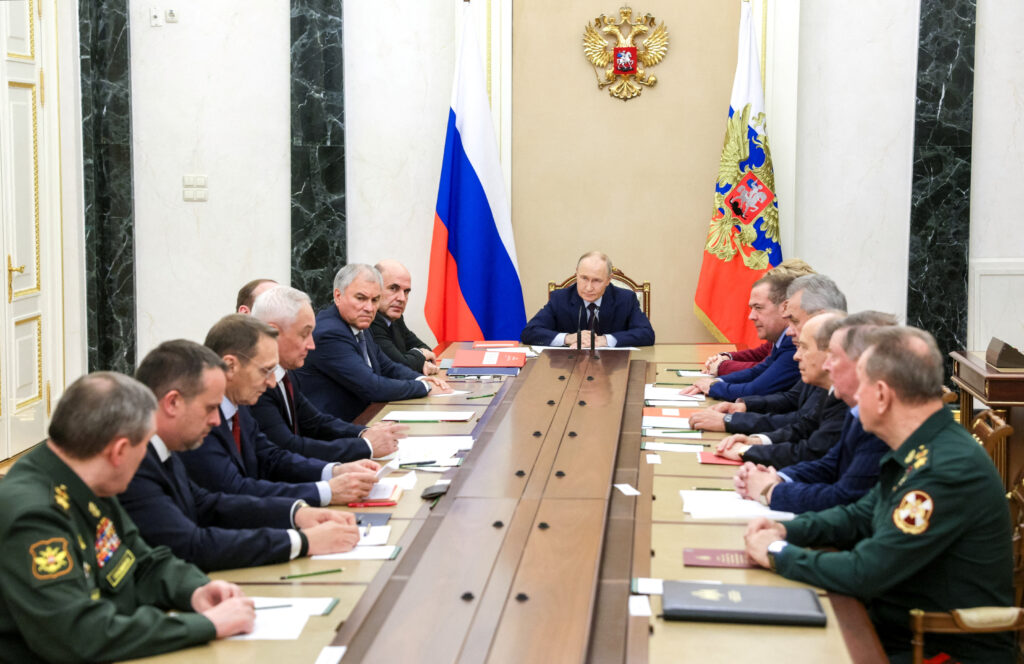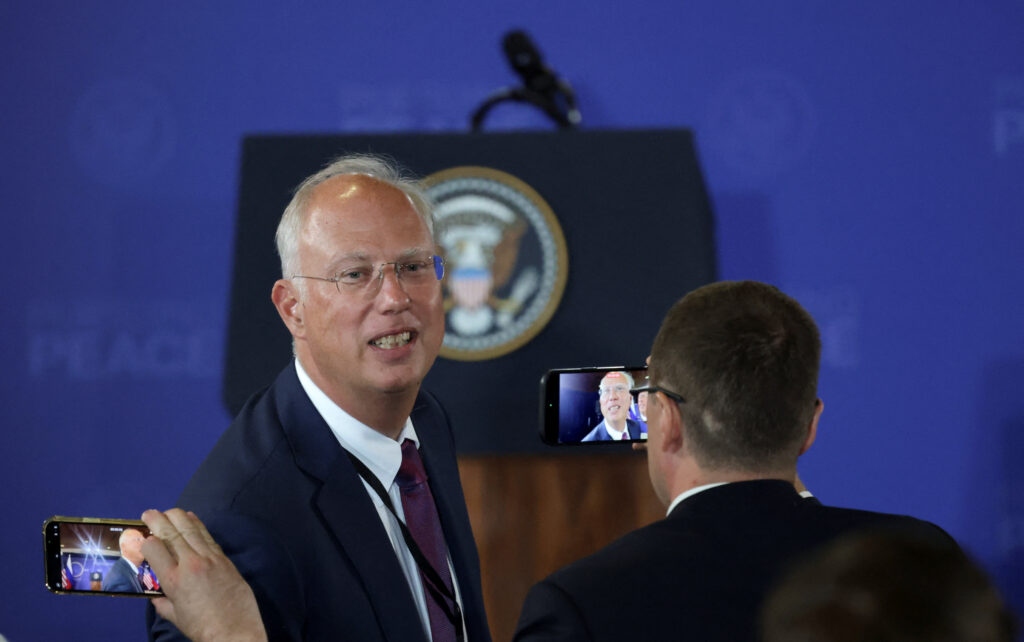After more than three years of deliberation, on March 20, Vladimir Putin signed Federal Law nr. 33-F3 on the Principles of Organizing Local Self-Governance in Russia, colloquially known as municipal reform. The reform enters into force later this year, and individual regions will need to adopt their own legal norms to implement the federal law before January 2027.
The law concludes a substantial revamp of the structure of Russia’s public administration, which began with the 2020 rewriting of the Russian constitution and continued with a reform of regional governance in 2021. The constitutional reform synthesized the changes that Putin had introduced into Russia’s governance over the past two decades, codifying what had, to a large extent, already existed as de facto institutions, from the criminalization of loosely defined «separatist rhetoric» to the president’s influence over government formation. In a similar vein, the purpose of the public administration reform was to turn the gradual political and fiscal centralization that took place during Putin’s presidency, into federal legal norm by integrating municipal governments into the «unified system of public power».
Beyond this, however, this hotly debated law highlights three important guiding principles of how political power is exercised in today’s Russia.
Governing by setting norms
It was the proposed scrapping of the lower tier of public administration, almost 18,000 urban and rural municipal «settlements», which elicited the biggest pushback against the law. The authors of the law proposed folding these legally free-standing structures into municipal districts, essentially dismantling their elected and executive organs. This would ostensibly be done to save money; however, it would also mean that the provision of local government functions would be more tightly controlled by higher-level authorities that would at the same time be farther removed from residents — often also physically. This spelled disruption, potential conflict and risk of destabilization for regions with scattered remote settlements or a mixed ethnic composition, but also in places where a local business group de facto controlled the political and social life of a subregion. In 2024 when, after more than two years of freezing the issue, the State Duma started discussing the law again, it was Tatarstan — and to a lesser extent, Bashkortostan — that ended up leading a successful pushback against the uniform scrapping of lower-tier settlements. It is likely that several more regions tacitly supported them, simply allowing a region with special privileges and well-placed cadres in the federal government to lead the charge. When, as a compromise, regions obtained the right to decide whether they keep the current system or not, 17 of them (plus the occupied Crimea) indicated that they would.
However, as Duma deputy Pavel Krasheninnikov, one of the authors of the bill pointed out, the bill had by then «started to live its own life». Indeed, even as the discussion was frozen in the State Duma in 2022−25, over a fifth of Russia’s regions adopted laws folding municipal settlements into districts, often in spite of substantial opposition and protests by local residents. In 2020−23 the number of municipal settlements declined from 17,678 to 15,676 (and further still in 2024), while the number of municipal districts tripled. Several regions, e.g. the Chelyabinsk Region and the Maritime Territory announced scrapping municipal settlements after the adoption of the reform, but before it would take effect.
These cases are an example of the Kremlin’s governing by setting norms: in the cases of politically fraught policies — previous examples include COVID-era lockdowns and military mobilization — where there is a chance of elite or citizen pushback, the authorities have preferred not to test the coercive capacity of the federal government, relying instead on regional and local governments — most of which financially and positionally depend on the federal government — to do the job.
Choosing not to comply, like the seventeen regions and Crimea’s occupation authorities did in this case, is often not a sustainable option. If a signaled norm is adopted by a critical majority of subjects, it can still be turned into law. This happened, for instance, with the abolition of direct mayoral elections in regional capitals. Individual regions have gradually scrapped these elections over the past years, allowing for local conflicts to play out independently of each other (e.g. in Novosibirsk, Tomsk or Yakutsk), with only three regional capitals — Abakan, Anadyr and Khabarovsk — still holding out as of 2025. Soon however they will also have to abolish their elections, as the municipal reform only allows two indirect ways of electing the mayor of regional capitals. More importantly, any regional or local politician promising to bring back direct elections — a popular issue in many mid-sized cities — will now have to explain how they plan to change federal legislation.
Centralization of funds, decentralization of responsibilities
Municipal budgets rely on their own incomes, which can vary by region — at least 15 percent of personal income tax revenues, as well as other taxes such as aggregate income tax, land tax, tourist tax and other receipts — as well as transfers from higher up, and this is the more important part. On the whole, over the past couple of years, two-thirds of municipal incomes came from transfers from regional budgets and the federal budget; about half of these transfers were subventions — money to support the execution of specific functions that municipalities take over from higher levels of government — with the rest shared between subsidies (for specific policy objectives) and budgetary grants. Most municipalities would be unable to finance even their current operating expenditures without these transfers.
As the issue came to the fore in domestic political discussions over the past years — in 2023 even Putin himself raised it — various proposals were formulated in the legislature to strengthen the independent fiscal base of municipalities, with the argument that as the level of government with which citizens the most often interact with, municipal finances need to be solid. These included allocating a part of corporate income tax receipts to municipal budgets and allowing them wider powers to raise revenues.
But this is not the direction, in which legislation seems to be moving overall. Beyond the zeroing of the operating expenditures of the municipalities which will be abolished, the reform does not really envisage anything to strengthen the financial base of municipal budgets.
Similarly to the Finance Ministry’s years-long policy of replacing regional debt with cheaper budgetary loans, the government and the legislature have discussed debt relief for municipalities and the share of budgetary loans within municipal debt has grown to over 62 percent in 2023 (even as the aggregate amount of debt at 397.8 billion rubles was, in nominal terms, essentially the same — just 6 percent higher — than two years prior). But this overall debt burden only amounts to 20 percent of municipalities’ aggregate own revenues.
Meanwhile, the reform may create situations, in which municipal functions are actually more poorly funded than now. The law lists eighteen powers or responsibilities allocated to all municipal governments. However, other responsibilities can be delegated by regional authorities, and, crucially, the law does not oblige regions to provide the corresponding financial basis. At the same time, it allows governors to dismiss mayors who do not meet requirements that the regional government sets and monitors. Rather than answering the question of how to make the financing of local government functions more sustainable, this combination appears to be a move to further empower governors — the majority of whom are currently federal officials without strong links to their regions — to discipline local elites. The authors of the law barely hid this purpose of the reform, with Krasheninnikov arguing that by having such powers governors would not have to rely on the security services to remove mayors (i.e. by accusing them of a crime), which has been a relatively often used tool in conflicts between governors and mayors.
Demobilization of the electorate
The scrapping of direct mayoral elections in regional capitals highlights another core principle of exercising power in Russia: the demobilization of the urban electorate.
The general political demobilization of the electorate while creating tools to provide positive and coercive incentives to United Russia’s core voter base (e.g. rural electorate, public employees or employees of large state-owned corporations) has long since been a key means of electoral engineering in regional and legislative elections. But over the past decade, as Russia’s pre-invasion economic growth stalled and the government committed itself to strict austerity, the Kremlin has had an increasing problem with cities where various local issues and (prior to 2021) organized opposition initiatives mobilized an increasing and, in some cases, critical number of voters, risking destabilization and making both the softer and harder forms of electoral engineering more difficult. The wartime economic boom did alleviate social deprivation to a certain extent through increased social transfers and higher real wages; but this effect was not uniform across the country and the war also prompted the government to divert money away from much-needed investment into public services. The Kremlin is aware that the potential, eventual return of tens of thousands of soldiers from the war will put further pressure on these underfunded services, as well as on regional governments and businesses that will have to participate in and spend heavily on the reintegration of these men.
The municipal reform seems to address this problem on two levels. Firstly, by scrapping or fundamentally reorganizing local representative and executive institutions, it will eliminate forums (including electoral committees) that local residents and activists can influence or infiltrate easier than more tightly controlled, less numerous and often physically remote district-level institutions. Second, it also weakens the agency of local elites by diminishing their opportunities to align themselves with or build on local discontent. It would lower the chances of situations such as the one that United Russia faces in Khakassia where the party has been trying to put pressure on municipal leaders to ensure that its majority in the regional legislature is stable enough to wrestle financial control away from the region’s communist governor.
The reform does not do the entire job — it works in lockstep with several other legislative and executive initiatives. In a similar vein, Kremlin has increasingly sought to professionalize and homogenize local officialdom, similarly to how it has created interchangeable, rotatable cadres at the regional level, via programs such as the School of Governors, followed in 2023 by the School of Mayors. The influence of governors over mayoral appointments in their region has increased, first de facto, as indirect elections, sometimes elevating candidates with no links to their cities, allowed more and more regional leaders to turn the mayors of regional capitals into, essentially, their deputies, and now also de jure, with the new powers that the reform bestows upon governors. The large-scale rollout of electronic and online voting — just like the ongoing digitalization of government functions — would also allow the authorities to rely less on local officials and public workers who need to administer and, in many cases, engineer the vote. If the model for merging municipalities was the Moscow Region, where the process started a decade ago, here the Kremlin is looking at the example of Moscow City where the first gradual then near-total digitization of voting has completely changed the electoral map of the city and diminished the chances of the local opposition.
The scrapping of lower-level public administration units was proposed in the name of budgetary savings. The homogenization, corporatization and digitization of local governance and public services happens in the name of efficiency. Some government officials, such as Pskov governor Mikhail Vedernikov say the reforms they have already carried out actually made government more efficient and responsive. But this is not the perspective that former local deputies and officials who talked to Novaya Gazeta are seeing. And looking at the reform in the wider context of government policies, it looks like the main driver of the law is, as often, for the federal government to establish firmer political control for less money.










